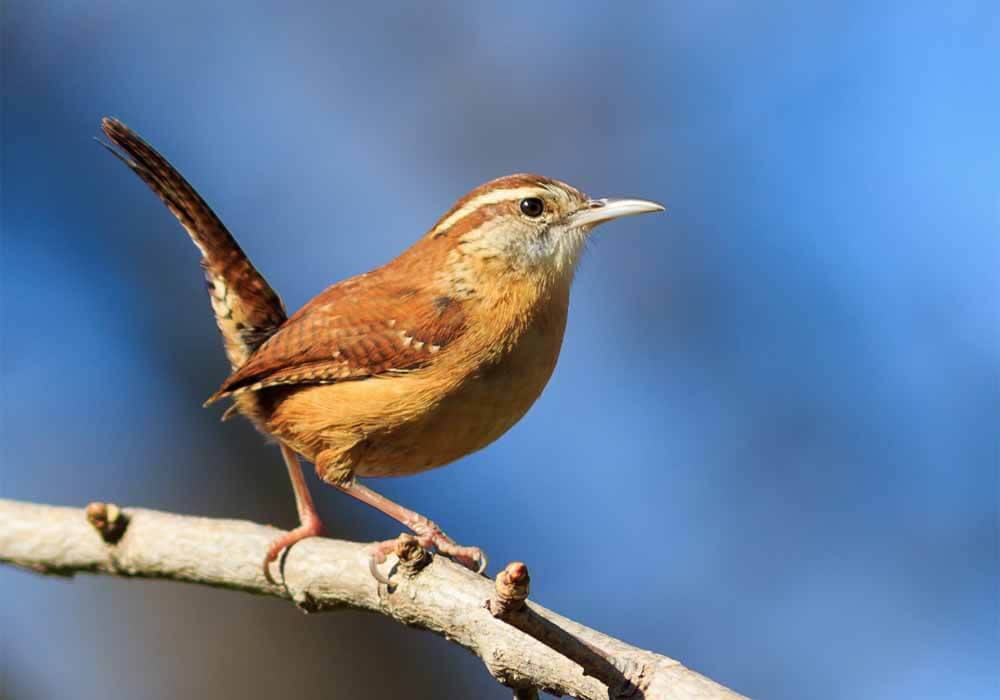Can Birds Crossbreed?
Do They, Or Can They Cross That Line?
If you're an avid birdwatcher, there's a good chance that you've occasionally spied a songbird that seemed to defy traditional classification. Or perhaps you've noticed that the local goose population is starting to resemble the nearby ducks. These observations beg the question, "Can birds crossbreed?"
Birds of the same genus or family may be able to crossbreed. Ducks, gulls, and geese are some of the most common types of birds known for crossbreeding, though some tropical birds can also crossbreed. Bird crossbreeding is limited by habitat, physiology, and genetics.
This article will explore whether birds of different species can produce offspring. I'll also discuss which birds are capable of crossbreeding and explain why it's not possible to crossbreed all species.
Crossbreed vs. Interbreed...What's the difference?
Crossbreed: to reproduce by the mating of individuals of different breeds, or species.
Interbreed: is to breed or reproduce within an isolated community

Is It Possible for Birds To Crossbreed?
Birds from the same genus (but differing species) can reproduce to create hybrid offspring.
For example, there are about 130 different duck species, and all are capable of mating with one another. That said, not all species exist in the same areas, limiting the range of hybrid offspring.
Additionally, some duck species are far more aggressive than others. Male mallards are well-known for dominating breeding grounds due to their heightened levels of aggression. Consequently, behavioral differences can also impact the likelihood of specific hybridizations.
Still, quite a few types of birds are known to crossbreed and produce viable (living) offspring.
Which Birds Can Crossbreed?
Birds belonging to the same families and genera are often able to crossbreed. But some of the most notable groups that crossbreed include:
- Gulls
- Geese
- Ducks
- Swans
- Eiders
These types of waterfowl generally inhabit shared ecosystems and exhibit similar physical traits. They're also genetically similar, far more so than an albatross and a cockatiel.
Different species of hummingbird can also crossbreed, as can varying species of parrot. Birds of paradise (Paradisaeidae), tropical birds native to Oceania, can reproduce together despite belonging to different species, as they're part of the same taxonomic family.
Generally, the closer two species are in size, habitat, and genetics, the higher the likelihood they'll be able to crossbreed. However, though many birds of different species are capable of mating and reproducing, not all birds can crossbreed.

Do/can birds interbreed? We've written a fascinating article that deals with this very subject which we think you'll enjoy reading. Be sure to check it out here.
Why Don’t All Birds Crossbreed?
Now that you're familiar with the most common types of crossbreeding that occur within the class Aves, you might wonder why there aren't any hawk-pigeon or chicken-ostrich hybrids running around.
Well, it is impossible for all the thousands of bird species to crossbreed among themselves.
Even if you housed every type of bird in a single aviary, you'd likely find that hybrid offspring is limited to birds from the same families, genera, or species.
Not all birds crossbreed because:
- Birds live in specific habitats around the world.
- Not all birds are physically similar.
- The genes of dissimilar bird families can inhibit reproduction.
Let's take a moment to discuss these factors and learn why they prevent birds of all species from reproducing with one another:
Birds Inhabit Specific Habitats
Just as an Emperor penguin would find a tropical rainforest unsuitable, an emu would be unable to survive harsh antarctic conditions!
Every bird species inhabits a specific ecosystem and part of the world, and even migratory birds tend to have limited contact with species well outside their families. Consequently, a bird's habitat is one of the leading factors restricting crossbreeding.
That said, physiological differences can also impact crossbreeding.
Birds Can Exhibit Significant Physical Differences
If you're familiar with dog breed hybrids, you likely understand why some breeds require artificial insemination to continue. Physiological differences between animals can inhibit crossbreeding, making it physically impossible for them to produce offspring naturally.
For example, a slim hummingbird would have a tough time attempting to mate with a bulky owl. This is because avian reproduction primarily relies on a body part absent in mammals—the cloaca.
A bird's cloaca is essentially a small opening, typically located near the tail or lower abdomen). This opening allows birds to excrete feces and urine, but it's also essential to reproduction.
When birds of the same species mate, they rub these openings together to allow sperm to pass from the male to the female, thus fertilizing the female's egg. When these openings cannot properly connect, fertilization is impossible.
That said, some birds have anatomy that's much more familiar to us. For example, ducks and geese have phalluses, and it's interesting to note that these birds are some of the most common crossbreeders.
But let's say you're a genetic scientist hoping to create a hybrid of two physically diverse bird species. Wouldn't you be able to deposit the sperm from one species into the cloacal opening of another to create offspring?
Maybe not! If the birds in question aren't genetically similar enough, fertilization might not occur.
There Are Several Genetic Differences Among Bird Families
Creating offspring might seem as simple as passing genetic material from one parent to another. But there's quite a lot happening at a microscopic level, and if the conditions are not just right, offspring won't develop.
Generally, the ability to create a hybrid offspring comes down to chromosome pairings.
Every bird has a specific number of chromosomes (DNA carrying genetic information). To produce offspring, parent birds must contribute an identical or near-identical number of chromosomes.
Because birds of different families can be genetically diverse, this perfect pairing can be impossible between most species. Only birds that are genetically similar enough to the point of contributing the same number of chromosomes can produce offspring.

Do birds like a little hanky panky? Or do birds mate for life? We found the answer to be (ahem) revealing. Be sure to fly over here to read our article entitled Do Birds Mate For Life?
Can Birds Crossbreed?...Final Thoughts
Can birds crossbreed? If you're talking about birds of the same genus and family, the answer is often yes!
Birds that are physiologically and genetically similar enough are capable of producing hybrid offspring. This phenomenon occurs in the wild, especially when similar species inhabit the same habitat.
Geese, ducks, gulls, and some types of songbirds commonly crossbreed and produce hybrid offspring. But you likely won't ever see a penguin and a bluejay nesting together, as these birds inhabit significantly different environments and aren't part of the same genus.
Back To The TOP Of This Can Birds
Crossbreed Page

About the Author...
Richard Worden, a dedicated bird lover for over 20 years, I love to share my in-depth knowledge and passion for birds. Read more About Me and my expertise in this field.
- We Know Birds HOME ›
- Bird Mating and Reproduction Information ›
- Can Birds Crossbreed?
